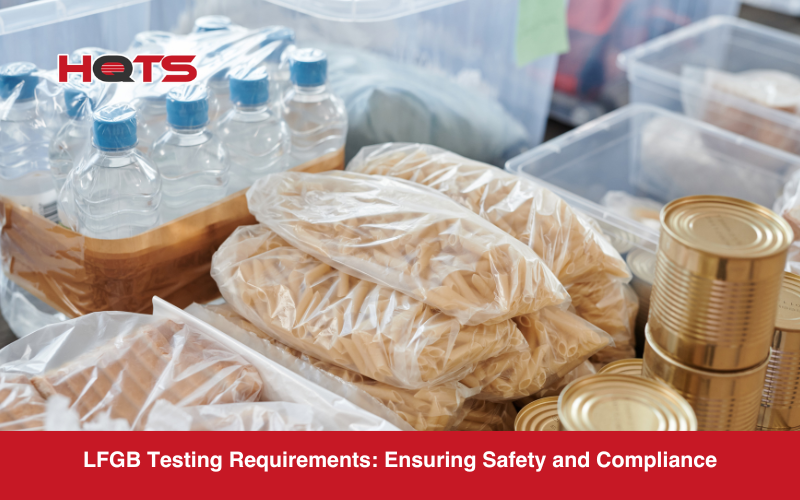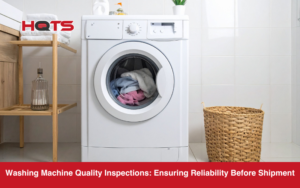In the global culinary marketplace, it’s more important than ever to ensure the safety of products that come into contact with food. For companies in the European market, particularly Germany, understanding and complying with LFGB testing requirements and regulations is the most important consideration of all.
What is LFGB?
LFGB is a Food and Commodities Act in Germany acting as the central piece of legislation governing the safety of food, tobacco products, cosmetics, and other consumer goods, including those intended to come into contact with food. While LFGB may be just a national regulation, it is often considered one of the strictest food contact material regulations in Europe, and compliance often facilitates access to the wider EU market.
The core principle of LFGB is to ensure that food contact materials (FCMs) do not transfer harmful substances to food in quantities that could endanger human health, or bring about unacceptable changes in the food’s composition, smell, or taste. It also regulates logos on packaging.
Which Products Does LFGB Cover?
The scope of LFGB is extensive, covering a wide array of materials and finished products that are intended to come into direct or indirect contact with food. This includes tableware (such as plates and bowls), kitchen utensils (such as pots and pans), food containers (including bags, bottles and cans), electrical kitchen appliances (such as toasters and blenders), and products for children (like pacifiers and baby bottles). LFGB also applies to other materials like ceramics, synthetic plastics, leather, textiles, and silicone.
LFGB vs. FDA: Understanding the Differences
LFGB is primarily a German standard, though its high requirements often make it a benchmark for the entire European market. FDA, meanwhile, is the primary regulatory body for food contact materials in the United States.
While both LFGB and the US Food and Drug Administration (FDA) regulate food contact materials to ensure safety, there are key differences in their approaches and stringency.
LFGB is generally considered to have more comprehensive and stricter testing requirements. This is particularly true for silicone, which LFGB requires to be platinum quality. Overall, while both focus on preventing harmful substance migration, LFGB often requires a higher level of quality and a more stringent testing regime.
Testing Requirements for LFGB Compliance
Achieving LFGB Compliance necessitates rigorous testing tailored to the specific material and intended use of the product. There are four main tests:
- Sensorial Examination evaluates whether the food contact material transfers any noticeable odor or taste to food.
- Plastic Migration ensures that chemical substances do not leach into food above permissible limits.
- Metal Composition testing focuses on the composition of the alloy and the migration of heavy metals.
- Silicone Resin tests silicone, mainly used in kitchenware, since this chemical has specific LFGB requirements as a result of its unique chemical structure.
LFGB also addresses a variety of other materials with specific requirements known as Special Materials, including but not limited to ceramics and glass, paper and cardboard, non-stick coatings, and rubber.
Partner with HQTS to Ensure LFGB Compliance
Ensuring your company’s products meet stringent LFGB Testing Requirements can be difficult, so make sure you partner with a trusted third-party test provider like HQTS.
We have extensive experience in food contact material testing, including comprehensive LFGB Certification services, so don’t leave your product’s market access to chance. Get in touch today to ensure your company is fully compliant with LFGB.




